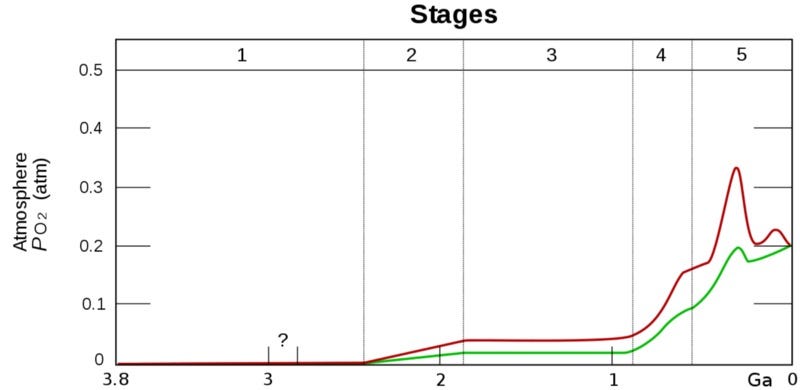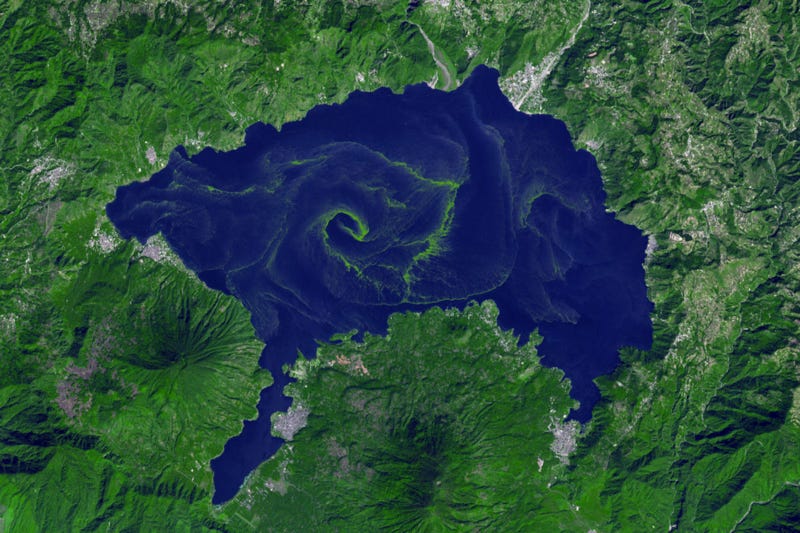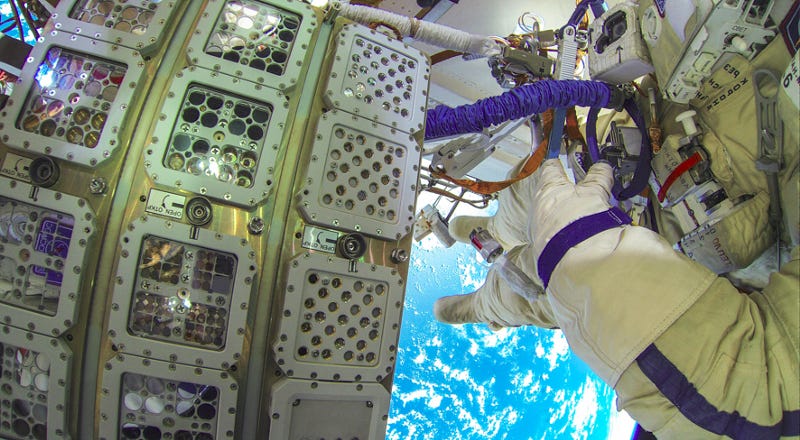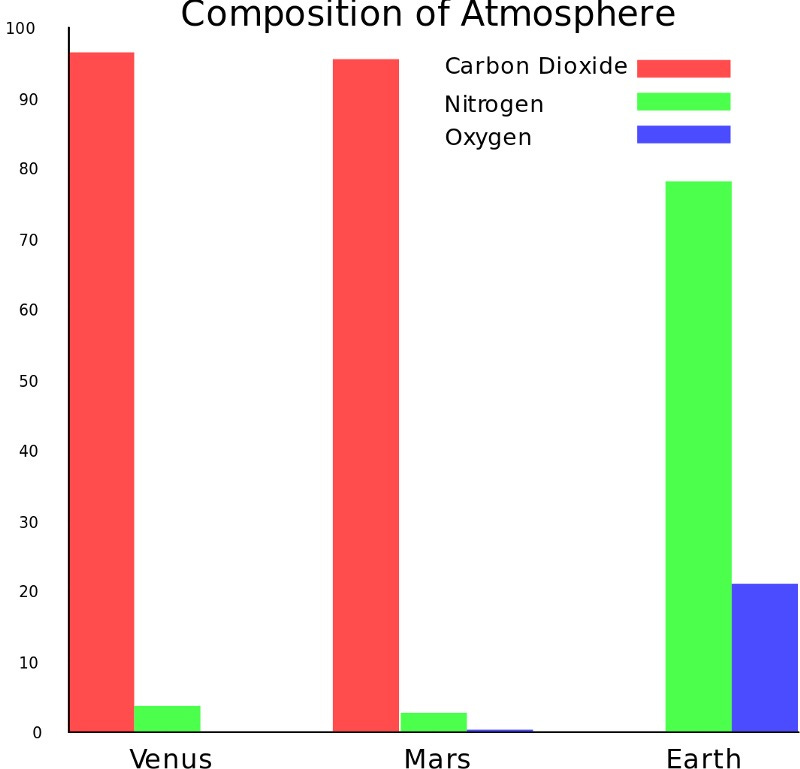Cyanobacteria: The first seed of space colonization?
Making way for a multi-planetary species.
Here’s a chart that shows the oxygen levels in the Earth’s atmosphere over the past 4 billion years.

Notice something weird? There is practically no oxygen in the Earth’s atmosphere until about 2.5 billions years ago. The oxygen levels in the atmosphere increased dramatically after this period. What led to this Great Oxygenation Event Cyanobacteria.
Cyanobacteria and their unique history
Cyanobacteria are unicellular bacteria that derive their energy from photosynthesis. They are thought to be the first species to develop the ability to photosynthesize. Generating oxygen as a byproduct of photosynthesis was a game changer that eventually led to the proliferation of multicellular organisms and therefore to animal life on Earth. What’s more, cyanobacteria are the only species to invent photosynthesis in the history of our planet — all plants and algae have derived this ability from them.

Having survived for billions of years and having a wide genetic diversity, cyanobacteria are found almost everywhere, be it on land or in water. They can bloom in ocean water or survive in highly dry deserts. Some species of cyanobacteria even thrive in the Antarctic rocks. Cyanobacteria are extremophiles, meaning they are capable of surviving in extreme environments. Cyanobacteria even survived outside the International Space Station (ISS) for 16 months.

They were mounted on trays outside the ISS, where they were subjected to extreme radiation levels and temperature variations. Not only did they survive for 16 months, they also adapted well to the coldness of vacuum.
The unique mechanisms that cyanobacteria have combined with their extremophile nature have sparked ideas for interesting applications in space exploration.
How cyanobacteria can be used for space settlement
The useful applications of cyanobacteria in space exploration cover a wide range:
Energy source: In the process of photosynthesis, cyanobacteria expel free high energy electrons into the environment, thereby generating electricity from sunlight. Explorations into ways to utilize this electricity by engineering internal photosynthetic pathways of the cyanobacteria are currently on. This could allow for a clean, reliable and efficient energy source for small applications in space missions, where other sources aren’t viable.
Oxygen source: The idea of terraforming Mars using cyanobacteria to generate oxygen in the atmosphere has been thrown out. Carbon dioxide comprises of 96% of the Mars atmosphere. We humans need oxygen to survive and cyanobacteria can convert the ample supply of carbon dioxide into something we can breathe.

Composition of the atmosphere of Venus and Mars compared to Earth. Mars has 96% carbon dioxide and very little oxygen. Credit: Alex Agriculture: The species of cyanobacteria called Microcoleus vaginatusare retain water in soil and prevent erosion. This potentially makes them very handy for farming on custom-engineered alien soils where water wouldn’t be readily available.
All of the world-changing applications of cyanobacteria can be realized only if they can reliably work in the hostile environments of outer space. While cyanobacteria have been tested extensively in harsh conditions on Earth across multiple experimental setups, space environments are far more hostile.
Given their genetic diversity, global presence and fundamental importance, cyanobacteria are arguably one of the most — if not the most — successful species on Earth. If they live up to even some of this potential, we may be able to make the leap to an interplanetary species. The baby steps start right now, the next of which is to see how cyanobacteria react to and photosynthesize in extreme space environments such as on the Moon, Mars, and beyond.
